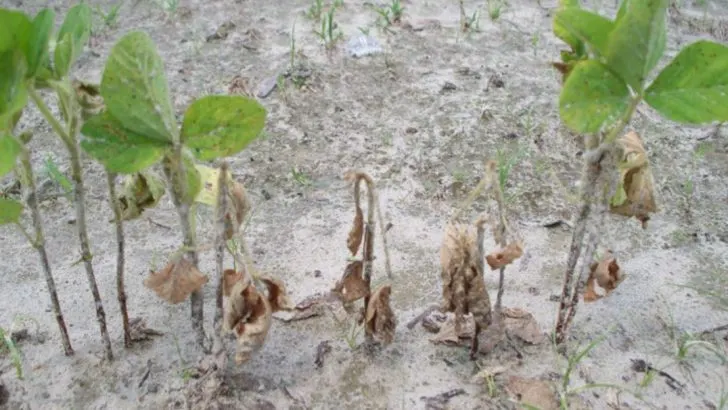Your plants might look fine at first glance, but what’s happening beneath the surface can tell a very different story. Garden soil that looks rich and healthy isn’t always what it seems—and sometimes it’s hiding bigger issues that can quietly affect growth, drainage, and plant health over time.
These 14 warning signs will help you catch potential problems early, from unusual smells and compacted soil to unexpected pest activity and nutrient imbalances. Before you plant another seed, take a closer look—your soil might be trying to tell you something important.
Stunted Plant Growth
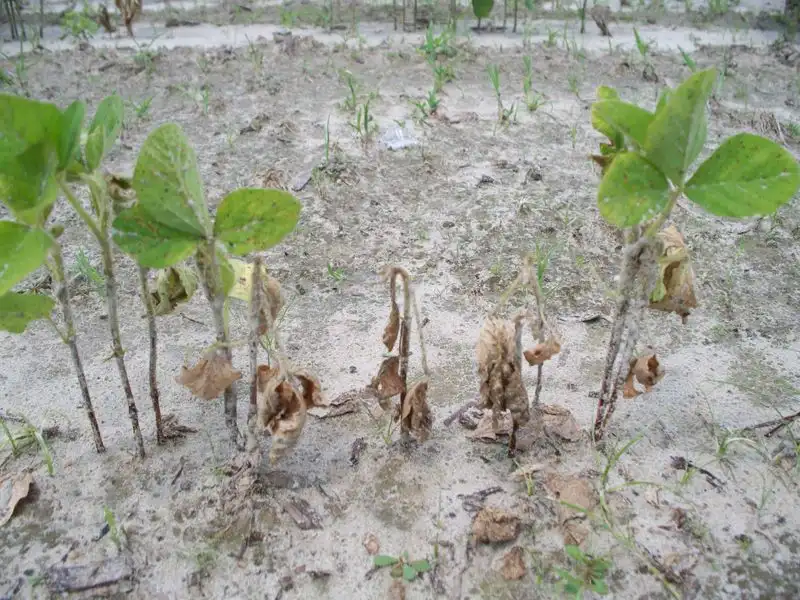
Noticing that your plants aren’t reaching their full potential? It could be more than just the seeds or weather. Stunted growth often points to nutrient deficiencies in the soil, limiting the plant’s ability to thrive. When nutrients are scarce, plants may appear smaller with yellowing leaves.
An easy soil test can reveal these deficiencies, allowing you to amend the soil with the right fertilizers. It’s crucial to address these issues to ensure your garden flourishes. Regular monitoring and balanced soil management can help prevent such growth setbacks.
Waterlogged Soil

If your garden resembles a swamp after a rain, waterlogged soil might be the culprit. Excess water creates an environment where plant roots struggle to breathe, leading to root rot and plant decline.
Improper drainage is often due to compacted soil, preventing water from seeping through. Try incorporating organic matter like compost to improve aeration and drainage. Raised beds can also offer a solution, lifting plants away from excess moisture. Consistent soil care is key to preventing water-related issues.
Soil Compaction
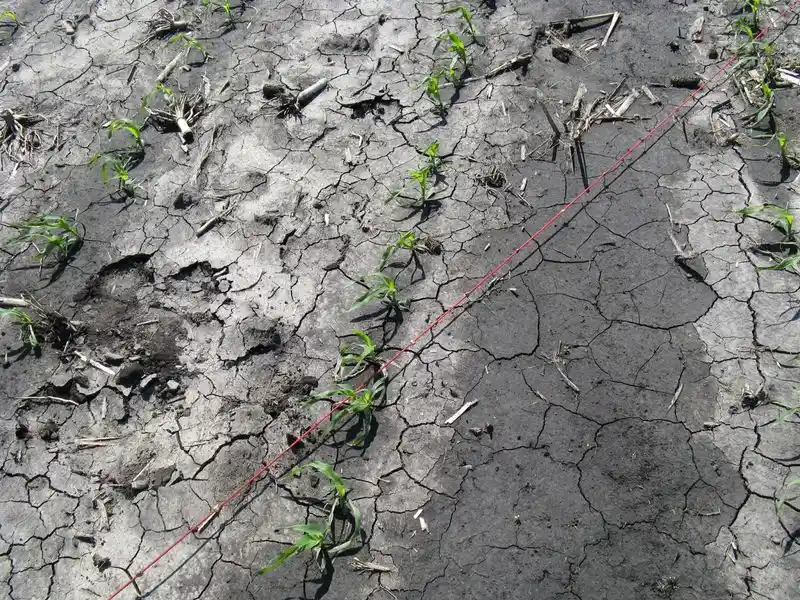
Soil that feels as hard as concrete? It’s likely compacted. This condition inhibits root growth and water infiltration, stifling your plant’s development.
Compaction is common in heavy clay soils and areas with frequent foot traffic. Aerating the soil by tilling or using a garden fork can help alleviate this problem. Incorporating organic matter will enhance soil structure, promoting better root expansion. Healthy soil leads to robust plant life, so addressing compaction is vital.
Unusual Weed Growth
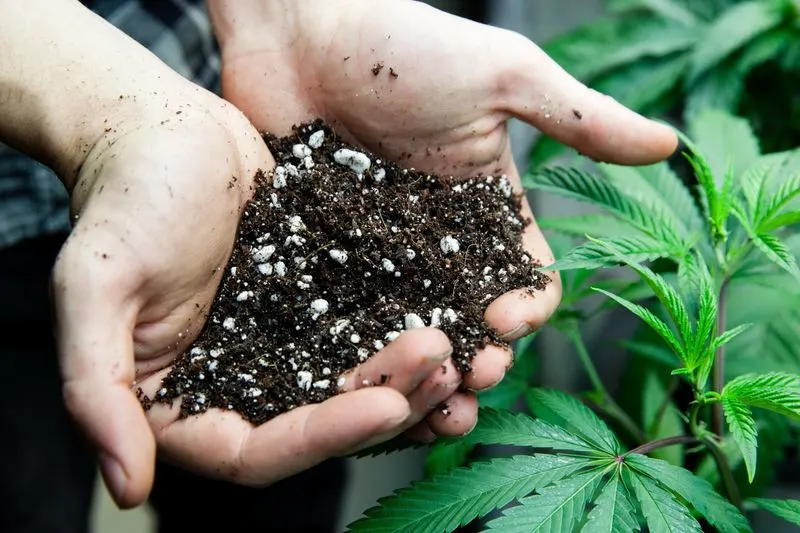
Weeds are more than just an eyesore—they can be soil’s way of crying for help. Certain weeds thrive in specific soil conditions, revealing nutrient imbalances or compaction issues.
Observing which types of weeds dominate your garden can offer insights into underlying problems. For instance, dandelions often indicate compacted soil, while clovers suggest nitrogen deficiencies. Understanding these cues allows for targeted soil amendments. A strategic approach to weed management can lead to healthier soil and fewer unwanted guests.
Soil Erosion

When topsoil starts disappearing, erosion becomes a silent thief of nutrients. Sloped gardens or those with insufficient ground cover are particularly vulnerable.
Erosion not only robs the soil of its fertility but also destabilizes plant roots. Planting ground cover or using mulch can mitigate erosion by protecting the soil surface. Consider creating terraces on steep slopes to slow water runoff. Proactively managing soil erosion preserves your garden’s vitality and structure.
Foul Odor
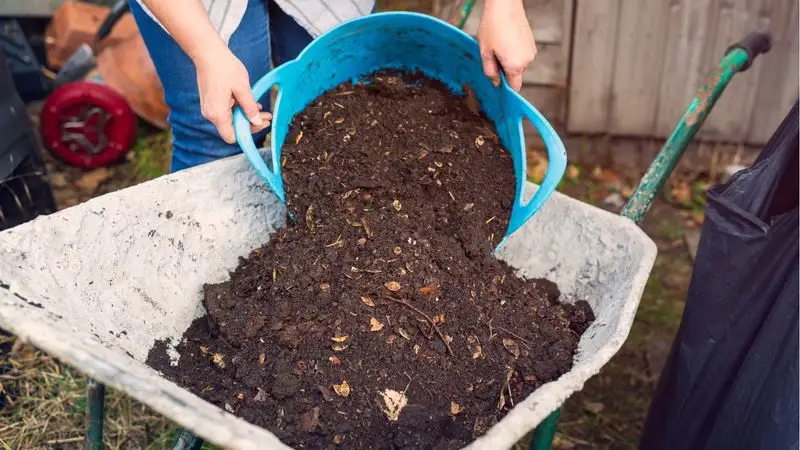
A garden with a bad smell is a warning sign that something’s amiss. Foul odors often indicate anaerobic conditions, where the soil lacks oxygen. This environment promotes the growth of harmful bacteria and chemicals.
Poor drainage or excess organic material can lead to these conditions. Aerating the soil and adjusting watering habits can improve oxygen flow. Introducing earthworms could also enhance soil health by breaking down organic matter efficiently. A sweet-smelling garden is a sign of a healthy ecosystem.
Soil Crusting

When the soil surface hardens, forming a crust, it restricts water and air infiltration. This can severely impact seedling emergence and plant health.
Typically, soil crusting occurs in clay-heavy soils that have been overworked. Regularly incorporating organic matter can prevent crusting by improving soil texture. Lightly breaking the soil surface with a rake can also aid in restoring permeability. It’s a simple fix with significant benefits for young plants and soil health.
Soil Discoloration
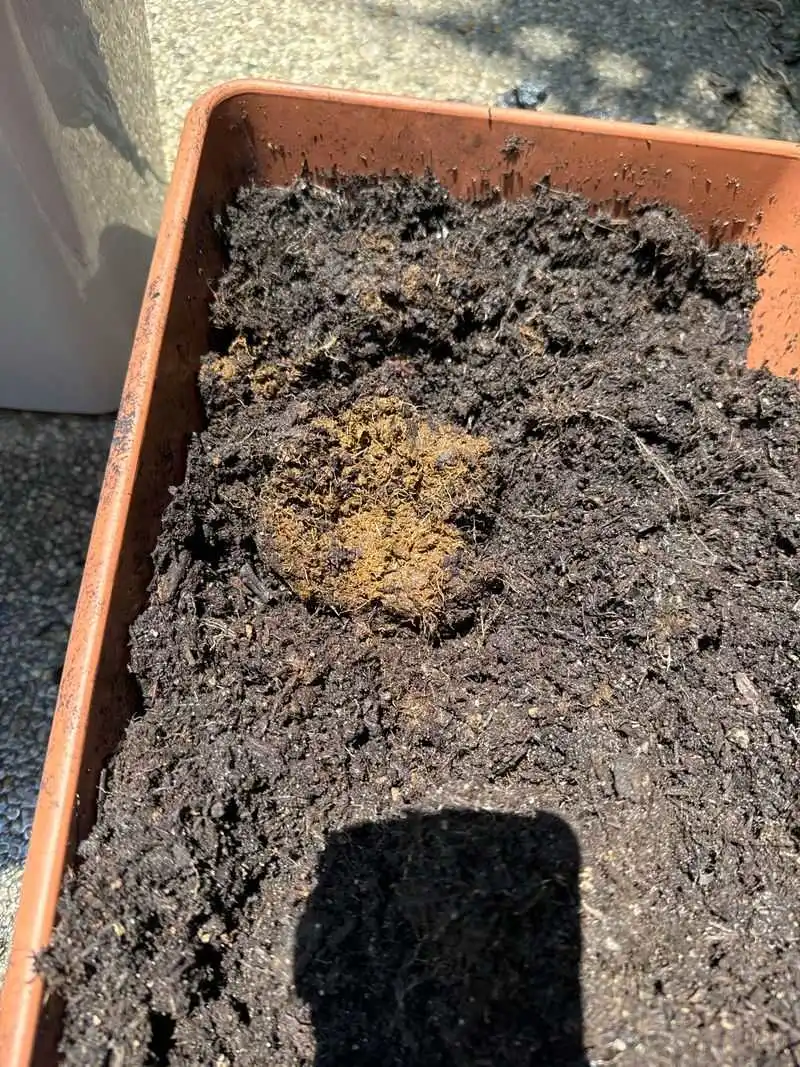
Odd colors in your soil may reveal underlying chemical imbalances. White or gray patches often indicate salt buildup, while green or black spots might suggest fungal growth.
These discolorations can stunt plant growth and affect nutrient uptake. Testing the soil’s pH and chemical composition can guide corrective actions, like adding amendments to balance nutrients. Understanding these visual clues allows for precise interventions, keeping your garden vibrant and productive.
Pest Infestation
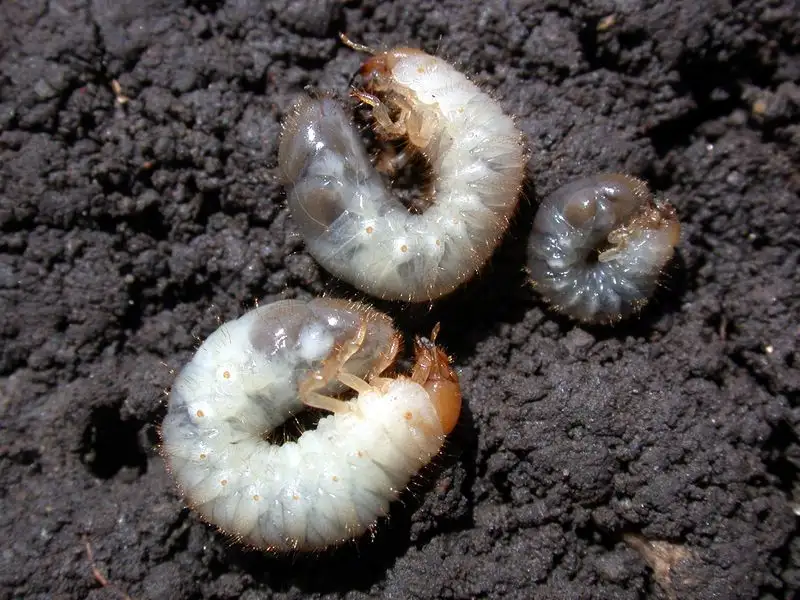
A sudden surge in pest numbers can be symptomatic of unhealthy soil. Pests often exploit plants already weakened by poor soil conditions.
Enhancing soil health through organic practices can naturally deter pests. Encourage beneficial insects and maintain diverse plant life to outcompete harmful pests. Regular inspections and maintaining a balanced ecosystem can prevent infestations from becoming severe. Thriving soil often means fewer pests and more resilient plants.
Algae Growth
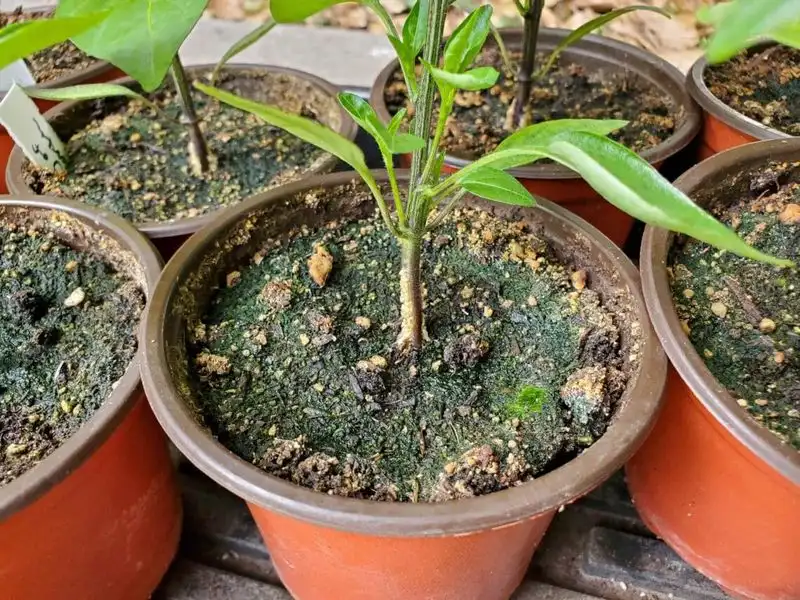
Seeing green patches on your garden soil might indicate excessive moisture and poor drainage. Algae thrive in damp conditions, often exacerbated by lack of sunlight or air circulation.
Improving drainage and adjusting watering schedules can help control algae growth. Ensuring plants receive adequate sunlight and spacing can further reduce these green invaders’ presence. Algae might seem harmless, but they can signal deeper issues needing attention.
Fungal Growth

Fungi in your garden aren’t always a bad sign, but excessive growth can point to underlying problems. Mushrooms often sprout from decaying organic matter, indicating rich soil.
However, excessive fungal growth may suggest poor drainage or excess moisture. Removing decaying material and ensuring proper airflow can curb unwanted fungi. Encouraging a balanced ecosystem will keep beneficial fungi in check, aiding overall soil health.
Yellowing Leaves
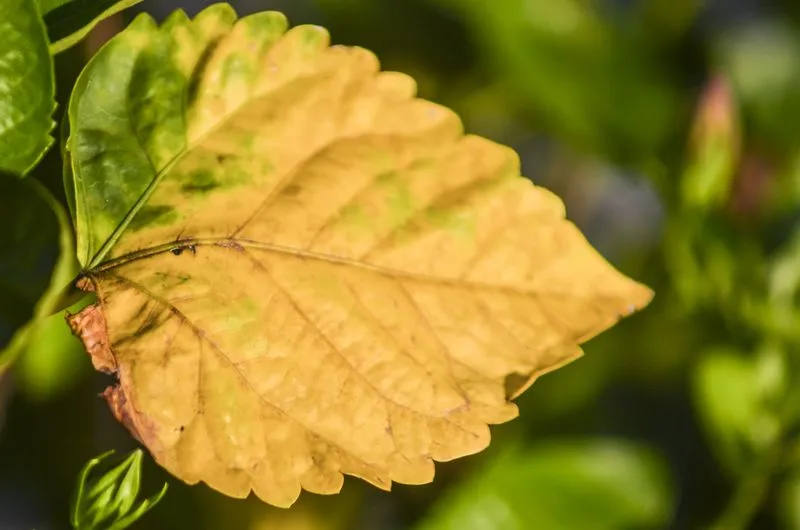
Yellow leaves can signal more than just seasonal change. Often, it’s an indicator of nutrient deficiencies or pH imbalances in the soil.
Testing soil conditions can reveal what’s missing, allowing for targeted fertilization to rejuvenate plant health. Managing soil pH and nutrient levels ensures plants receive the essentials for robust growth. Addressing these signs early revitalizes your garden’s potential.
Poor Seed Germination

Struggling to see seeds sprout? Soil quality might be at fault. Compacted or nutrient-poor soil can impede germination, leaving beds barren.
Improving soil texture with organic matter can enhance germination success. Regularly monitoring and adjusting soil conditions can create an inviting environment for seeds. Successful germination is the first step to a thriving garden, so don’t overlook soil quality.
Nutrient Deficiencies
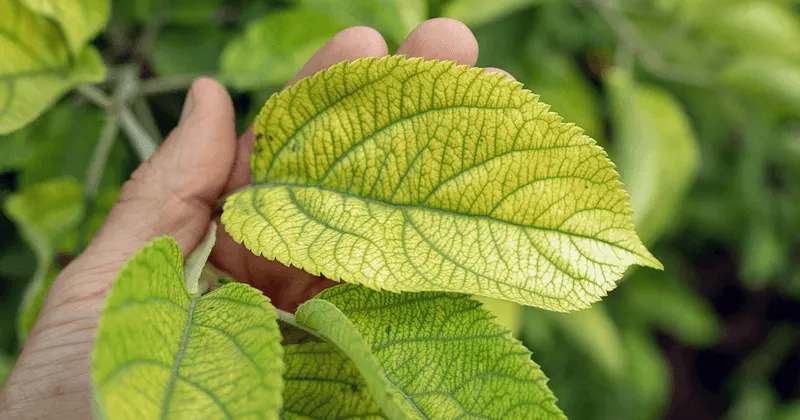
Plants not performing as expected? Nutrient deficiencies could be the reason. Essential nutrients like nitrogen, potassium, and phosphorus might be lacking.
Using a soil test kit can identify these gaps, guiding fertilizer use to replenish depleted resources. Correcting nutrient levels ensures plants receive the support needed for vigorous growth. An informed approach to fertilization promotes a lush, thriving garden environment.

